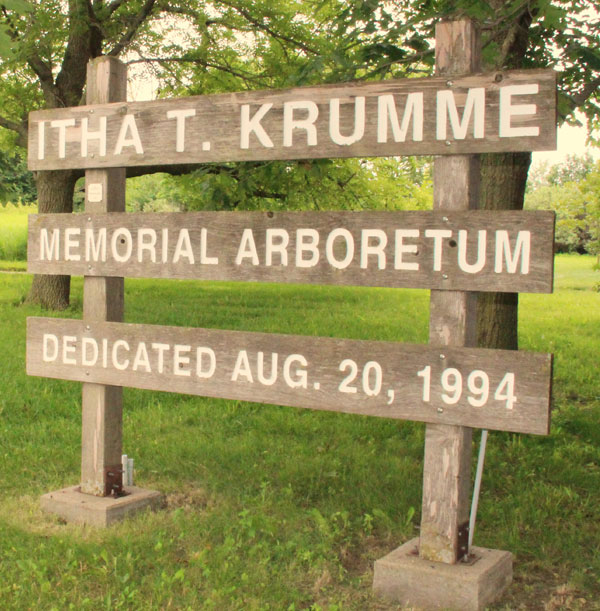Efficiency Tips
Falls City Utilities wants customers to be aware of some energy saving ideas that can help lower natural gas utility bills.
The best way for Falls City Utilities customers to lower their natural gas heating bill is to use the energy resource as efficiently as possible. Below are some helpful tips to winterize your home, keeping the heat inside and helping save money on your natural gas bill:
- Inspect windows and doors for drafts and use caulk or sealant to insulate and repair cracks in walls and around doors and windows that allow heated air to escape;
- Seal leaks in furnace air ducts;
- Change or clean air filters monthly during the winter;
- Check attic insulation, an R-value of 38 or more is recommended;
- Use a programmable thermostat to keep your house cooler at night and when you are away, and to automatically warm your house to a comfortable level when you are home;
- If using a traditional thermostat, set it to the lowest comfortable temperature and dress in layers. Lower it a few degrees when leaving the house or going to bed;
- Keep window blinds, shades and draperies open during the day to allow sunlight to warm your home. Close them at night for added insulation;
- Set ceiling fans to run clockwise, drawing air up and keeping warm air circulating;
- Set your natural gas water heater to 115 or 120 degrees.
For customers having a hard time paying their heating bill this winter, the Low Income Home Energy Assistance Program may be available to help in paying heating bills. Contact Falls City Utilities at 402.245.2724 for more information on this federal program and other ways to cut heating costs.
Falls City Utilities strives to serve its customers with natural gas, a clean, efficient and reliable energy source, in the most economical way possible.
For year round energy -saving measures that cost little or nothing, do the following:
- Turn lights, appliances and electronics off when they are not in use. Today’s larger homes have many rooms where operating TVs, radios, computers and lights may be forgotten. Unplug idle power adapters and cell-phone chargers, too, or use a power strip with a switch for convenience. For outdoor lights, install motion sensors or a combination of photo sensors to turn lights on and timers to turn them off.
- Replace at least five incandescent lights bulbs with high-efficiency, compact fluorescent lamps (CFLs). Energy Star labeled CFLs use 75% less energy and last six to ten times longer than standard incandescent bulbs do. A CFL that uses 13 to 17 watts will give as much light as a 60-watt incandescent bulb. Today’s CFLs come in a variety of shapes, sizes and tints.
- Install a programmable thermostat. In winter, lower the temperature when you are typically at work or asleep. You can save about 5% on your heating bill if your setback averages out to two degrees around the clock. The reverse is true in summer: a higher thermostat setting will save you money. As you program your thermostat, remember to give it a little time to warm or cool the whole house to your comfort level.
- Regularly change or clean filters in heating and cooling equipment. During peak heating or cooling season, change or clean filters monthly. A new filter may cost about $3.00 but can save you $5.00 or more per month. You will also enjoy the cleaner air.
- Use fans. According to Energy Star, you can raise summer air-conditioner settings by 3 to 5 degrees with no loss of comfort if you add ceiling fans. Switch reversible fans in winter to pull cool air upward and force warm air back down.
- Control direct sunlight through windows. In the summer, block it using blinds, screens, film, outdoor awnings, vines and trees. In cold weather, reverse your thinking. As long as you control glare, the sun can bring welcome warmth in winter.
- Perform basic weatherization. This includes repairing holes and cracks that let in drafts and weatherstripping or caulking around doors and windows. It also includes plugging leaks and fixing gaps in insulation on ducts and pipes.
- Try washing most clothes in cold water and always rinse in cold. Clothes washed in cold water fade less, have fewer wrinkles and may save up to a $100 annually on water heating.
- Don’t over dry your clothes. Today many clothes dryers have energy-saving moisture sensors that shut off the heat when the clothes are dry. If you don’t have this feature, test a few loads and remember how long they take to dry. Running a typical dryer for 15 minutes less per load can save you up to $35.00 per year. Also, remember to clean the lint trap after every load.
- If you have an old refrigerator or freezer that you barely use, unplug it. These old appliances can add up to 15% to your electric bill. You can save energy in your regular fridge by keeping the condenser coils clean, placing it in a well ventilated, relatively cool spot, and keeping it full but not overloaded. If your freezer is usually empty, you can improve cold airflow by storing some extra ice.





